Hyundai i30 Wagon vs Kia XCeed – Which model is better for everyday use?
Both models have their strengths – but which one suits you more?
Compare performance, efficiency, price and space directly: Hyundai i30 Wagon or Kia XCeed?
Costs and Efficiency:
Looking at overall running costs, both models reveal some interesting differences in everyday economy.
Kia XCeed has a barely noticeable advantage in terms of price – it starts at 23100 £, while the Hyundai i30 Wagon costs 24800 £. That’s a price difference of around 1714 £.
Fuel consumption also shows a difference: Hyundai i30 Wagon manages with 5.70 L and is therefore somewhat more efficient than the Kia XCeed with 6.40 L. The difference is about 0.70 L per 100 km.
Engine and Performance:
Power, torque and acceleration are the classic benchmarks for car enthusiasts – and here, some clear differences start to show.
When it comes to engine power, the Kia XCeed has a distinct edge – offering 180 HP compared to 140 HP. That’s roughly 40 HP more horsepower.
In acceleration from 0 to 100 km/h, the Kia XCeed is a bit quicker – completing the sprint in 8.50 s, while the Hyundai i30 Wagon takes 9.80 s. That’s about 1.30 s faster.
In terms of top speed, the Kia XCeed performs minimal better – reaching 210 km/h, while the Hyundai i30 Wagon tops out at 197 km/h. The difference is around 13 km/h.
There’s also a difference in torque: Kia XCeed pulls hardly perceptible stronger with 265 Nm compared to 253 Nm. That’s about 12 Nm difference.
Space and Everyday Use:
Beyond pure performance, interior space and usability matter most in daily life. This is where you see which car is more practical and versatile.
Both vehicles offer seating for 5 people.
In curb weight, Hyundai i30 Wagon is hardly perceptible lighter – 1316 kg compared to 1351 kg. The difference is around 35 kg.
In terms of boot space, the Hyundai i30 Wagon offers clearly perceptible more room – 602 L compared to 426 L. That’s a difference of about 176 L.
In maximum load capacity, the Hyundai i30 Wagon performs slightly better – up to 1650 L, which is about 272 L more than the Kia XCeed.
When it comes to payload, Hyundai i30 Wagon slight takes the win – 524 kg compared to 479 kg. That’s a difference of about 45 kg.
Who comes out on top?
Overall, the Kia XCeed shows itself to be only a minor advantage and secures the title of DriveDuel Champion.
It convinces with the more balanced overall package and proves to be the more versatile choice for everyday use.
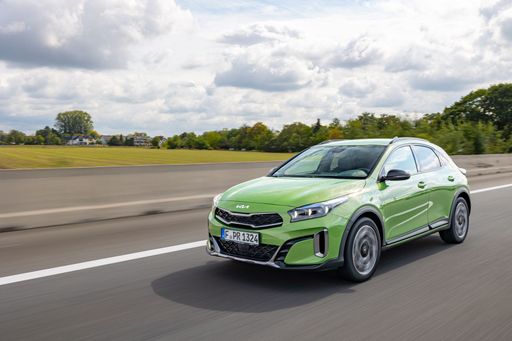
Kia XCeed
Hyundai i30 Wagon
The Hyundai i30 Wagon offers a blend of practicality and style, making it a popular choice for families and those in need of extra space. Its sleek exterior and comfortable interior provide a pleasant driving experience, while advanced safety features ensure peace of mind on the road. The i30 Wagon stands out with its impressive fuel efficiency and reliability, catering to both urban and rural lifestyles.
details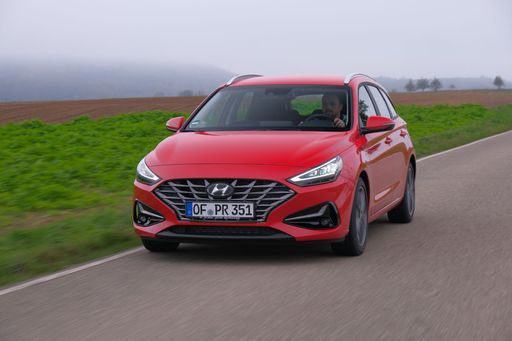 @ hyundai.news
@ hyundai.news
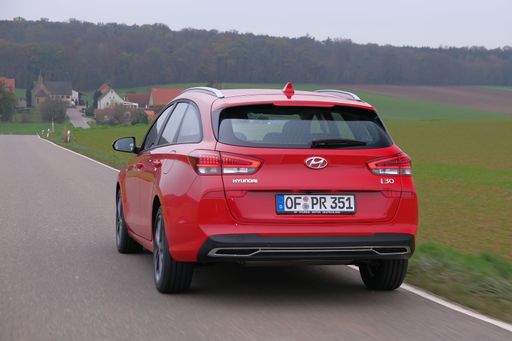 @ hyundai.news
@ hyundai.news
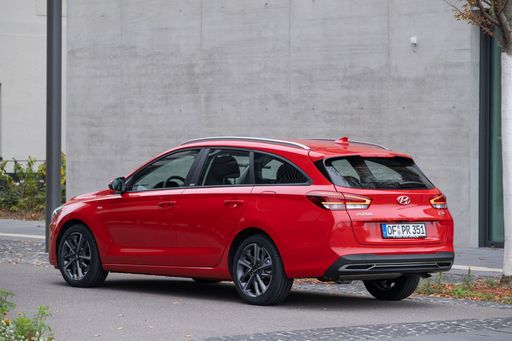 @ hyundai.news
@ hyundai.news
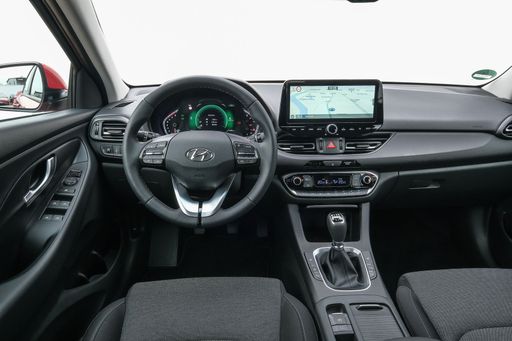 @ hyundai.news
@ hyundai.news
 @ hyundai.news
@ hyundai.news
Kia XCeed
The Kia XCeed offers a stylish and modern design, blending the sportiness of a coupé with the practicality of an SUV. Its interior is well-crafted, featuring high-quality materials and a range of advanced technology to enhance the driving experience. With an emphasis on comfort and efficiency, the XCeed provides a compelling option for those seeking a versatile and dynamic vehicle.
details @ press.kia.com
@ press.kia.com
 @ press.kia.com
@ press.kia.com
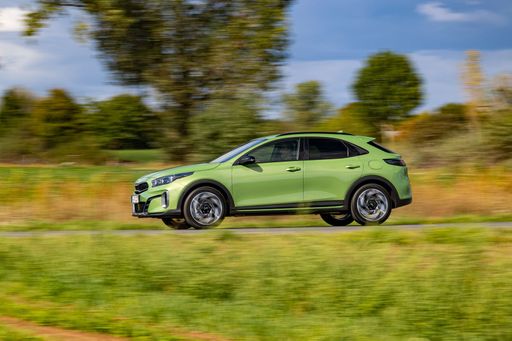 @ press.kia.com
@ press.kia.com
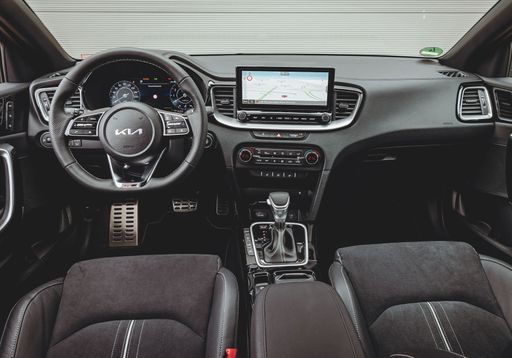 @ press.kia.com
@ press.kia.com

|

|
|
|
|
Costs and Consumption |
|
|---|---|
|
Price
24800 - 30100 £
|
Price
23100 - 33000 £
|
|
Consumption L/100km
5.7 - 6 L
|
Consumption L/100km
6.4 - 6.8 L
|
|
Consumption kWh/100km
-
|
Consumption kWh/100km
-
|
|
Electric Range
-
|
Electric Range
-
|
|
Battery Capacity
-
|
Battery Capacity
-
|
|
co2
130 - 136 g/km
|
co2
144 - 155 g/km
|
|
Fuel tank capacity
50 L
|
Fuel tank capacity
50 L
|
Dimensions and Body |
|
|---|---|
|
Body Type
Estate
|
Body Type
SUV
|
|
Seats
5
|
Seats
5
|
|
Doors
5
|
Doors
5
|
|
Curb weight
1316 - 1461 kg
|
Curb weight
1351 - 1419 kg
|
|
Trunk capacity
602 L
|
Trunk capacity
426 L
|
|
Length
4585 mm
|
Length
4395 mm
|
|
Width
1795 mm
|
Width
1826 mm
|
|
Height
1475 mm
|
Height
1483 - 1495 mm
|
|
Max trunk capacity
1650 L
|
Max trunk capacity
1378 L
|
|
Payload
439 - 524 kg
|
Payload
471 - 479 kg
|
Engine and Performance |
|
|---|---|
|
Engine Type
Petrol, Petrol MHEV
|
Engine Type
Petrol
|
|
Transmission
Manuel, Automatic
|
Transmission
Manuel, Automatic
|
|
Transmission Detail
Manual Gearbox, Dual-Clutch Automatic
|
Transmission Detail
Manual Gearbox, Dual-Clutch Automatic
|
|
Drive Type
Front-Wheel Drive
|
Drive Type
Front-Wheel Drive
|
|
Power HP
100 - 140 HP
|
Power HP
115 - 180 HP
|
|
Acceleration 0-100km/h
9.8 - 13.3 s
|
Acceleration 0-100km/h
8.5 - 11.7 s
|
|
Max Speed
178 - 197 km/h
|
Max Speed
182 - 210 km/h
|
|
Torque
172 - 253 Nm
|
Torque
200 - 265 Nm
|
|
Number of Cylinders
3 - 4
|
Number of Cylinders
3 - 4
|
|
Power kW
74 - 103 kW
|
Power kW
85 - 132 kW
|
|
Engine capacity
998 - 1482 cm3
|
Engine capacity
998 - 1598 cm3
|
General |
|
|---|---|
|
Model Year
2024
|
Model Year
2025
|
|
CO2 Efficiency Class
D, E
|
CO2 Efficiency Class
E
|
|
Brand
Hyundai
|
Brand
Kia
|
What drivetrain options does the Hyundai i30 Wagon have?
Available configurations include Front-Wheel Drive.
The prices and data displayed are estimates based on German list prices and may vary by country. This information is not legally binding.
